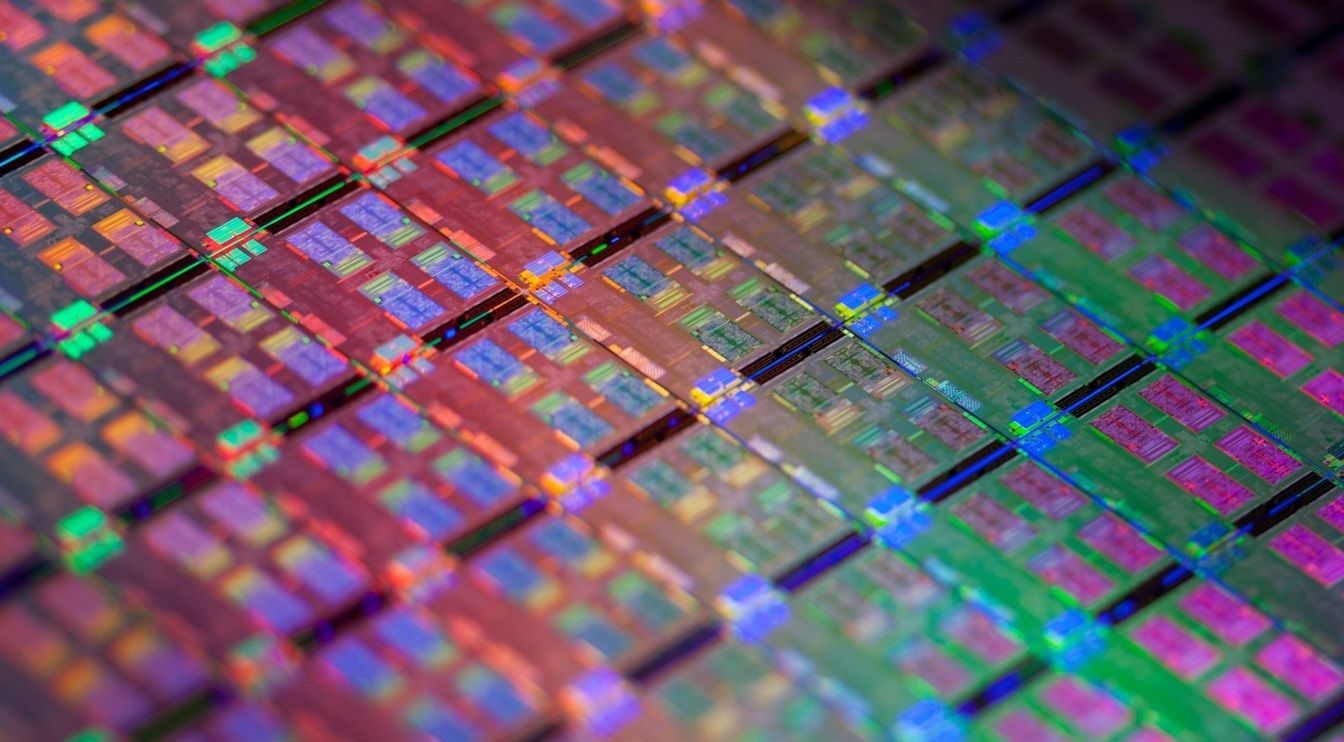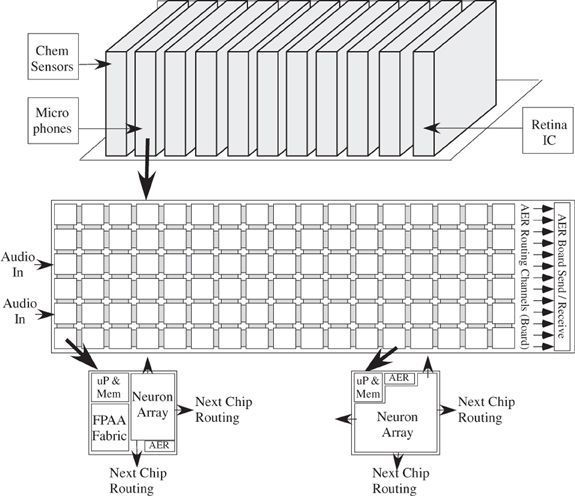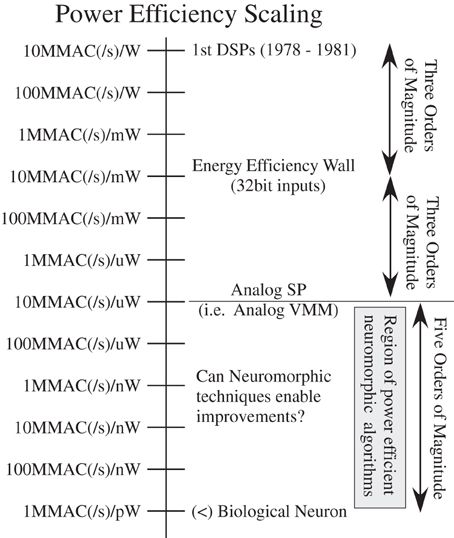Jul 19, 2017
U.S. Paves Roads to Trusted Fabs
Posted by Roman Mednitzer in categories: business, computing, government, military
SAN JOSE, Calif. – The U.S. Department of Defense is working with partners on multiple technologies that would make any foundry a trusted source to make classified ASICs for the military. If the government is successful it will be able to tap leading-edge process technologies from multiple fabs by 2019.
The U.S. government currently works with a single fab now operated by Globalfoundries and limited to 32nm and higher design rules. The partnership is a continuation of a longstanding “trusted foundry” deal with IBM, which sold its fabs to GF in 2015.
“We have a very good partner in Globalfoundries, and many people are still there from the [former] IBM…[that help] manage that government ASIC business, and that still works quite well for 32nm and up,” said Bill Chappell, a director at the Defense Advanced Research Projects Agency that oversees the trusted foundry programs.

















